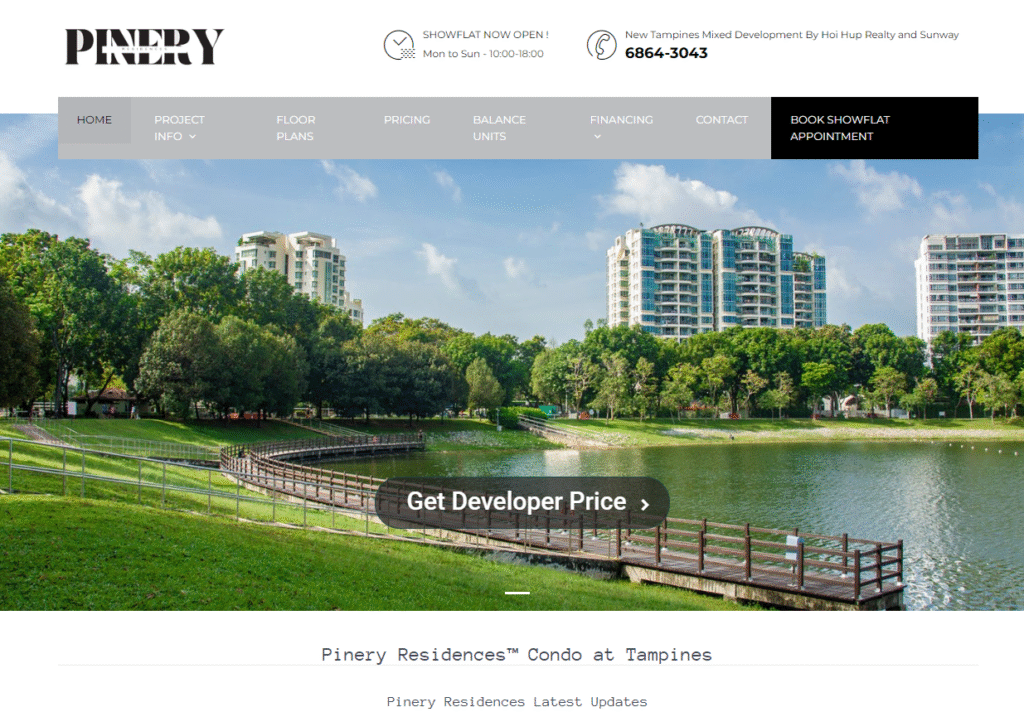Building a House Checklist for Smooth Process
Constructing a new home is both thrilling and demanding. Without direction, it’s easy to feel lost among the many decisions and deadlines. That’s why a house checklist smooth approach can be the difference between stress and success. With the right mindset, clear priorities, and structured tasks, the dream of owning a perfectly tailored home can become an enjoyable journey.
Set a Clear Vision
Every home begins with an idea. Define your lifestyle goals, preferred architecture, and functionality needs. Ask yourself: Do you want an open-plan living space, a private reading nook, or a large garden for gatherings? Writing these thoughts down forms the foundation of your process build guide, ensuring you stay aligned with your initial vision throughout the project.
Budgeting Made Practical
A smart budget isn’t only about knowing how much money you have, but also how you allocate it. Divide expenses into land acquisition, materials, labor, permits, and furnishings. Add a contingency fund of 10–15% to cover unforeseen costs. By incorporating easy planning tips, you’ll keep finances under control while avoiding unnecessary delays.
Choose the Perfect Location
Location is more than just geography—it’s about future value, convenience, and peace of mind. Consider school districts, commuting times, shopping access, and neighborhood safety. Don’t forget technical aspects like soil quality, drainage, and zoning regulations. These organized steps ideas prevent complications later and safeguard the investment for years to come.
Functional and Flexible Design
Design is not only about style, but also about livability. Flow of space, lighting, ventilation, and practicality matter most. For example, a kitchen with a functional triangle layout between stove, sink, and refrigerator saves time. Bedrooms should allow privacy, while multipurpose rooms provide adaptability. Including flexibility in your house checklist smooth ensures your home serves both current and future needs.
Handle Permits and Legalities Early
Paperwork might feel tedious, but it’s essential. Building permits, zoning approvals, and utility authorizations must be secured before the first shovel hits the ground. Skipping or delaying this step risks costly halts. Adding these legal essentials into your process build guide gives peace of mind and helps construction stay on schedule.
Select the Right Professionals
The quality of your team determines the quality of your home. Architects, contractors, and engineers must be chosen with care. Review portfolios, verify credentials, and establish clear contracts. Open communication with them keeps the workflow transparent. Integrating this into your organized steps ideas protects you from disputes and ensures craftsmanship you can trust.
Understand the Phases of Construction
Breaking the journey into stages makes it manageable:
- Foundation and Groundwork – excavation, reinforcement, waterproofing.
- Framing and Roofing – skeletal structure, roofing systems.
- Utilities Installation – wiring, plumbing, HVAC.
- Interior Works – flooring, cabinetry, finishes.
- Exterior Features – landscaping, driveways, fences.
- Final Checks – inspections, approvals, and walk-throughs.
Mapping these phases as part of your house checklist smooth approach gives you clarity and confidence about what comes next.
Modern and Sustainable Additions
Integrating energy-efficient solutions saves money and supports the environment. Solar panels, insulated windows, and water-efficient fixtures are worth considering. Pre-installed smart home technology prepares the house for the future. Such additions, when woven into your easy planning tips, add long-term value while enhancing comfort.
Comfort in Small Details
Beyond walls and roofs, comfort lies in thoughtful details. Proper lighting, clever storage, and insulation against heat or cold all influence daily satisfaction. Outdoor areas like balconies, patios, or gardens also improve quality of life. These details should be noted in your organized steps ideas to guarantee a home that feels complete.
Keep Communication Flowing
Staying in touch with your builder prevents misunderstandings. Weekly updates and documented changes keep everyone aligned. Fast responses to questions or challenges save time and money. Including communication strategies in your process build guide ensures smoother progress and fewer setbacks.
Plan for the Move Early
As completion approaches, think about utilities, cleaning, and furniture placement. Scheduling these in advance creates an effortless transition. Moving into a house that’s ready and welcoming is far more enjoyable than scrambling with last-minute arrangements. Early attention to this step secures a truly house checklist smooth experience.A home-building journey doesn’t have to feel chaotic. With a well-structured process build guide, supported by easy planning tips and reinforced with organized steps ideas, the path becomes clearer, calmer, and more rewarding. Each phase, from concept to move-in day, flows seamlessly when guided by structure and foresight.
By balancing practicality with creativity, you can build not just a house, but a sanctuary designed to reflect your lifestyle, priorities, and dreams—crafted step by step, with confidence and joy.


